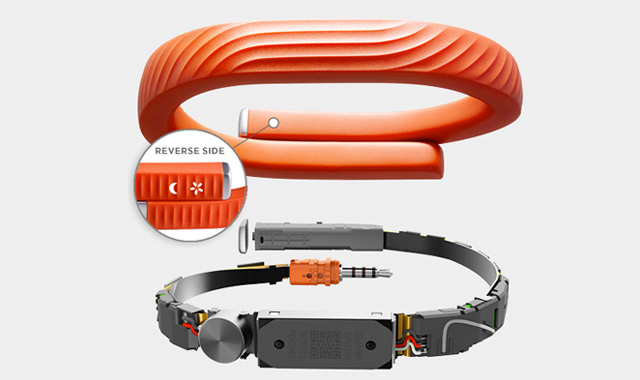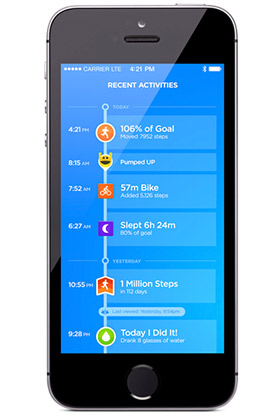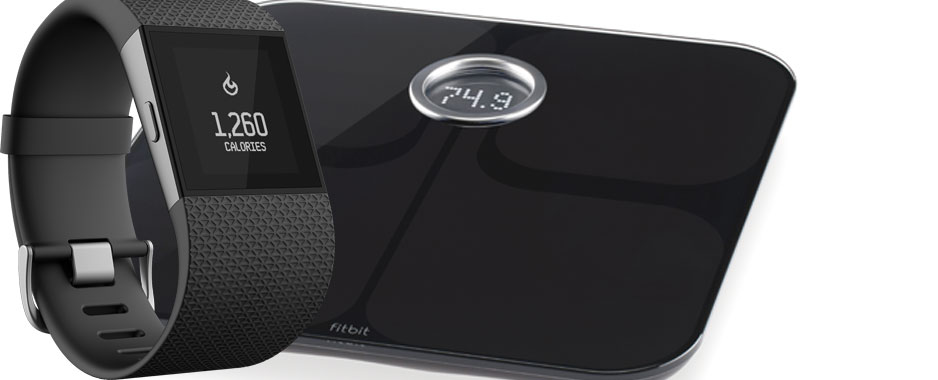
Activity trackers are proving popular among fitness enthusiasts and technology-savvy early adopters. These wearable technologies allow users to track their activity routines.
The Jawbone UP24 enters a market with stiff competition with devices from companies such as Fitbit, Sony and Samsung.
Jawbone may be better known for its speakers and Bluetooth hands-free kits, but this is not the first fitness tracker the company has produced. It entered the market in 2011 with the UP, the predecessor to the UP24. The UP was well received, but was not without its issues, including poor build quality and buggy software. Those problems are a thing of the past with the new one.
The design of the UP24 is similar to its predecessor, but this time it’s available in a range of different colours. There are also three sizes for different wrist sizes. The main differentiator, though, is the UP24’s built-in low-energy Bluetooth support, which allows it to sync wirelessly with the accompanying smartphone app. The original Jawbone Up had to be synced manually via USB. The UP24 requires little maintenance; it communicates automatically with the app.
The simple design and soft rubber housing make the UP24 comfortable to wear, which is good since it needs to be worn 24 hours a day to produce the most accurate results. It feels firm around the wrist, even though there are no clasps to keep it in place. Its clever design means it will stay on your wrist during almost any activity, with the possible exception of contact sports like rugby. But this is not the intended purpose of this tracker. The UP24 was developed to track steps and activities, food intake, and sleeping habits.
Unlike some of its competitors, the UP24 has no LCD screen. There are only two LEDs, along with a single button. The diodes indicate active or sleep modes, which the user sets by pressing and holding the button to change these modes. There is also a removable cap that reveals a 2,5mm jack, used to charge the device using the bundled USB converter cable.

On a single charge, the UP24 lasts for about a week. This is a few days less than its predecessor, thanks to Bluetooth.
The best results of using a tracker such as the UP24 are achieved when collecting data over long periods of time. Although the app provides real-time feedback on your activities, it is the plotting of that data over a long time that allows you to see what affects your fitness routine.
Although the UP app lets users track a number of activities, it’s the sleep tracker that had us most interested during our time with the device. This feature plots your sleep and shows you how many hours of sound and light sleep you had. It also lets you know how quickly you fell asleep and how long you were awake for during the night. It worked well. Tracking this data over time provides interesting insights into your sleep patterns.
The UP app also allows users to configure a number of settings, such as the smart alarm, activity alert and power nap features.
 When activating one of the alarm options, the UP24 vibrates gently when it’s time to wake up. This ensures your partner is not disturbed.
When activating one of the alarm options, the UP24 vibrates gently when it’s time to wake up. This ensures your partner is not disturbed.
The power nap feature gives you 26 minutes of sleep time before the band starts to vibrate, while the activity alert ensures you don’t sit still for long by vibrating when it detects you have been inactive for a while.
The app has also been developed to set goals for sleep or fitness activities. Goals are intended to keep you motivated and is a nice touch to keep you active.
While the app allows you to track your food and drink consumption, we found this a little cumbersome. If you are more serious about your fitness, you may appreciate this feature. It just takes discipline to keep tracking everything you eat.
The UP24 works with both Android and iOS and the software supports a number of third-party applications that allow users to expand the its functionality. These include IFTTT (If This Then That), MapMyFitness, RunKeeper and Strava.
The MapMyFitness integration is great for users who enjoy other activities such as running or cycling. Although the UP24 is not a GPS tracker, it works well with apps like MapMyFitness that do just that. This integration means that the fitness data you generate is plotted into your daily fitness data in the UP app.
During the time that we used the UP24, we managed to get a number of really interesting insights into our daily habits. With the ability to track a variety of data sets about our daily lives, it’s managed to make us look at our activities a little more closely. The benefit of having trackable data is immediately evident once you start using a fitness tracker.
The UP24 is available for about R1 800 while the older UP retails for about R1 100. — © 2014 NewsCentral Media




